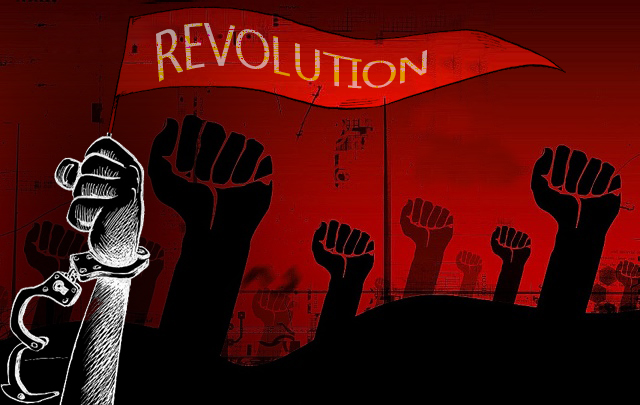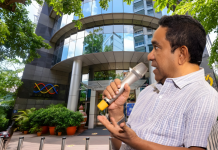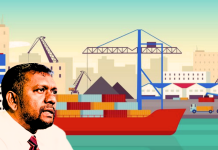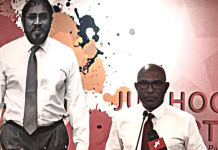When dictatorship is a fact, revolution becomes a right – Victor Hugo
When people speak against what they think is not serving well their health mind, body or soul and has the caliber to bring about a change in the situation, it means that they are still living, they are not dead people accepting what comes their way. The very spirit to live and not just survive gives birth to a revolution.
We are starting a series of articles dedicated to the protests globally which brought change in unimaginable ways in the recent times. This one will give you a brief idea regarding the Arab Awakening.
Arab Spring is a series of revolutions in the Arab countries mainly Tunisia, Egypt, Libya, Yemen and Bahrain. It is also called the Arab revolution or the Arab awakening.
It sparked off in Tunisia with a demand to dethrone their dictator. Unemployment, lack of freedom of expression, rampant corruption , all these took the form of repression for the respective countries to protest against their regimes.
TUNISIA The place where the seed of ARAB SPRING started to germinate.
- In the late December 2010, On a regular day in Tunisia, a fruit seller set himself on fire after being harassed by police. The incident provoked the fire of the Arab awakening.
- Tunisia is a technologically advanced and 90% had Internet access. They used Facebook as a medium to communicate with rest of the world.
- The government of Tunisia thought social networking was used for recreational activities but it served as a tool to communicate with the international media when the state controlled media refused to broadcast the protests.
- The social media helped a simple protest grow into a revolution.
- The spring waved its flag and the regime stepped down.
In the year 2014, the country became an unicameral parliamentary republic.
EGYPT The wind of inspiration reached to the Egyptian people.
- The seed of the Arab spring that went on to sprout in Egypt.
People thought that the ground level protests like that wouldn’t find its way in a country like Egypt. - ‘April 6 Youth movement’ , a pressure group was working for 3 years to bring democracy to their nation before the Arab Revolution. It found its language after the breakout of the Spring in Tunisia.
- They had been working for the democratic reform in the country.
- 7 activists decided a date for the protest on January 25, a national holiday in the name of the police force.
- Unlike Tunisia, Egyptians had only 20% Internet access. It was a big challenge that the April 6 movement confronted. They wanted everyone to join the protest.
- They made a strategic plan, they couldn’t tell people about the protest directly so they deliberately talked on phone about something big that is going to happen on January 25, 2011 while traveling in the taxi.
- The word spread throughout and people showed up on the day of protest.
In the end, the dictator stepped down and the public called for a democratic election. - What amuses us the most is the April 6 movement yet remained a pressure group when they could have entered the politics but they wanted to expand the organization and pin point every wrong thing of the government.
Hosni Mubarak, the President was arrested and prosecuted and a 31 year old state emergency was lifted up. Constitutional elections were held and a new President was elected who was later overthrown as well.
LIBYA The series of the revolution was in its full fledged mode. People were realizing that this is something big, indeed.
- Similar events had happened in the Benghazi city of Libya where the fire of the spring bloomed on Feb 15th 2011 .
- Civilians of the country showed up on the streets to protest against the violation of the human rights. Soon the people were seen demanding freedom and the civil war broke out.
- Internet was shut down but the people had found their voice and wanted to express themselves anyway they could so they started their private channel called ‘Libya Alhurra’ which live streamed the protests.
The dictatorship was ended with the help of UN.
SYRIA The revolution came in contact with fire.
- Protests began on 15th March, 2011.
- Syrian civil war caught fire under the influence of the Arab spring.
- The people of Syria demanded the same that other countries did- A democratic republic but the protest there took shape of a civil war.
- The Islamic state intruded, supported the people and the western countries supported the government.
- In the midst of demanding freedom, the situation got worse and is still on the way to embrace their ruins.
In Tunisia, it was a pretty easy task because the United States had good relations with the country and pressured the leader to step down whereas in Syria, their interests changed. Though, a bit has changed in the aftermath of the Arab spring.
Yet, it will be wrong to say that the revolution failed. People found a voice which didn’t know they had, the exposure to media and social awareness will help them to protect themselves from any sort of threat.
Change is taking its baby steps into becoming a full grown fruit bearing tree. Spring is on the way, the Arab world will bloom beautifully.
Many more examples of such dissents are coming your way. Stay tuned.


















